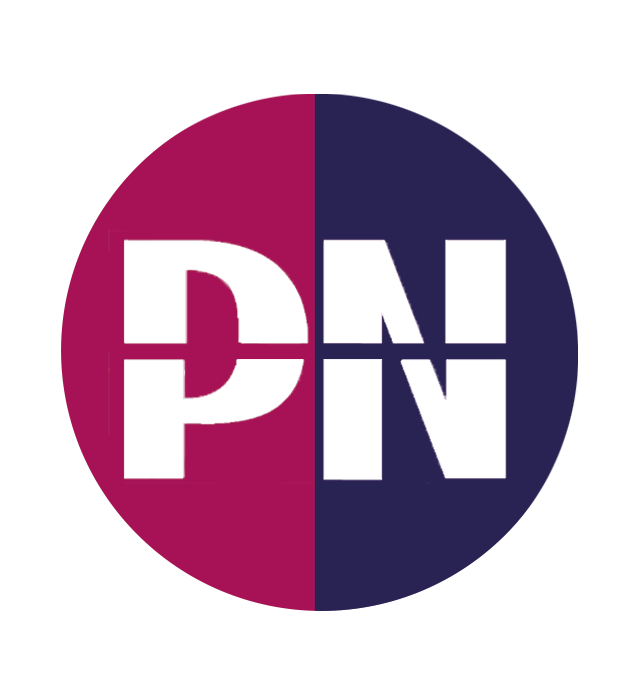Dyslexia testing, also known as a dyslexia assessment or evaluation, is a comprehensive process aimed at diagnosing dyslexia and understanding the individual’s specific strengths and weaknesses related to reading and language processing. The assessment typically involves various components and professionals who specialize in assessing learning disabilities. Here are the key elements involved in dyslexia testing:
1. Pre-assessment Interview:
A pre-assessment interview is often conducted to gather background information about the individual, including their developmental history, educational experiences, and any concerns expressed by the individual or their parents/teachers.
2. Psychological Evaluation:
A licensed psychologist or neuropsychologist may conduct a psychological evaluation to assess cognitive abilities, such as intelligence, memory, attention, and executive functioning. This helps rule out other potential causes for learning difficulties and provides a baseline for understanding the individual’s cognitive profile.
3. Academic Achievement Testing:
Academic achievement tests are used to assess the individual’s reading, writing, and spelling skills. These tests compare the individual’s performance to age-appropriate expectations and may include assessments of decoding skills, reading comprehension, writing mechanics, and spelling abilities
4. Language Assessment:
Language assessments focus on various aspects of language processing, including phonological awareness (the ability to recognize and manipulate the sounds of language), receptive and expressive language skills, and oral language comprehension.
5. Vision and Hearing Screening
Vision and hearing screenings are conducted to rule out any vision or hearing problems that could contribute to reading difficulties. It’s important to ensure that poor vision or hearing is not the primary cause of reading challenges.
6. Teacher and Parent Input:
Input from teachers and parents is invaluable in understanding the individual’s learning difficulties. They can provide information about the individual’s behaviour in the classroom, their response to interventions, and any observed challenges or strengths.
7. Observations:
The professional conducting the assessment may observe the individual’s reading and writing behaviours in various settings to gain insight into their reading process, strategies, and any noticeable difficulties.
8. Standardised Dyslexia Assessments:
Some specialized dyslexia assessments, such as the Woodcock-Johnson Tests of Cognitive Abilities, the Wechsler Intelligence Scale for Children (WISC), or the Comprehensive Test of Phonological Processing (CTOPP), may be used to assess specific dyslexia-related skills and processing deficits.
9. Analysis and Diagnosis:
After collecting and analyzing all relevant data, the assessing professionals will provide a diagnosis or evaluation report. This report typically includes a formal diagnosis of dyslexia, a summary of strengths and weaknesses, and recommendations for interventions and accommodations.
10. Recommendations:
Dyslexia assessments often include recommendations for educational strategies, interventions, and accommodations tailored to the individual’s specific needs. These recommendations are crucial for developing an effective plan to support the individual’s learning and academic success.
It’s important to note that dyslexia assessments should be conducted by professionals trained in diagnosing learning disabilities, such as psychologists, neuropsychologists, or educational diagnosticians. The assessment process can vary depending on the specific needs and age of the individual being assessed, but it is designed to provide a comprehensive understanding of their unique learning profile and to guide appropriate interventions and support.






